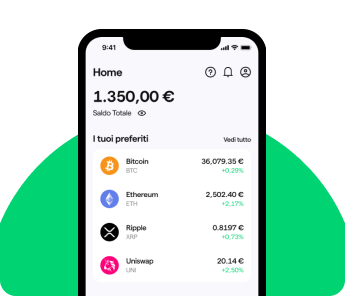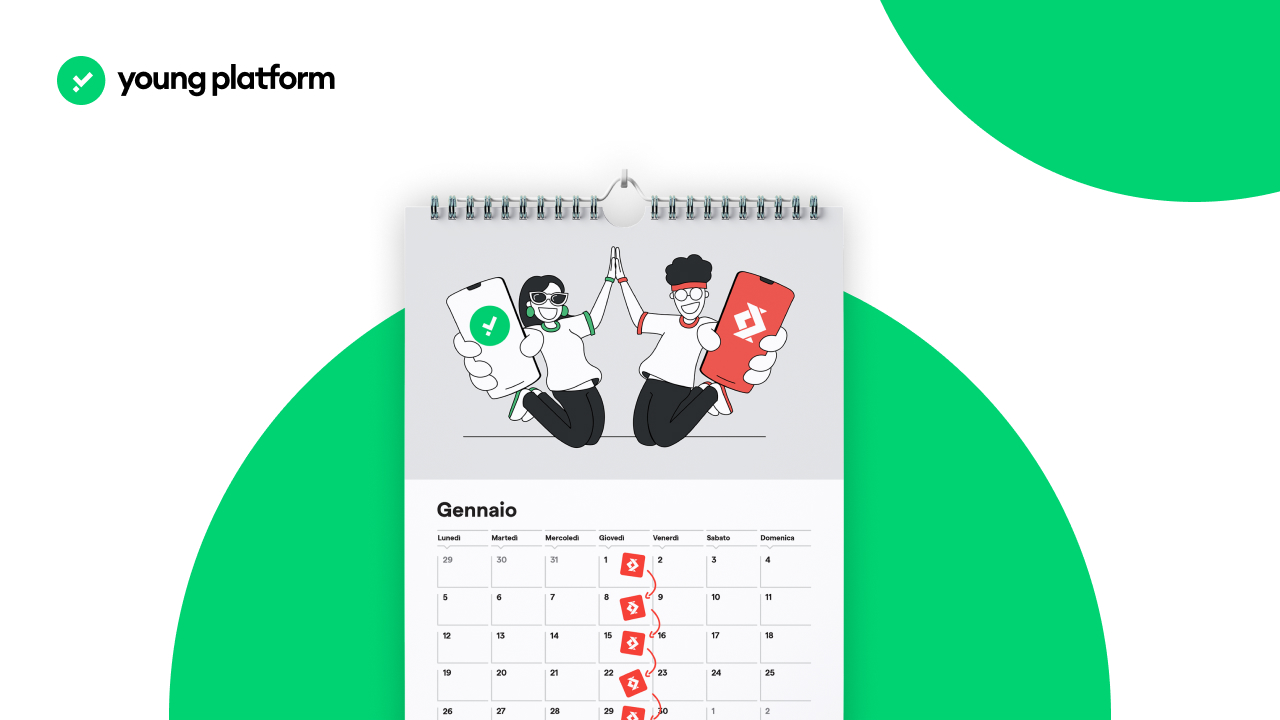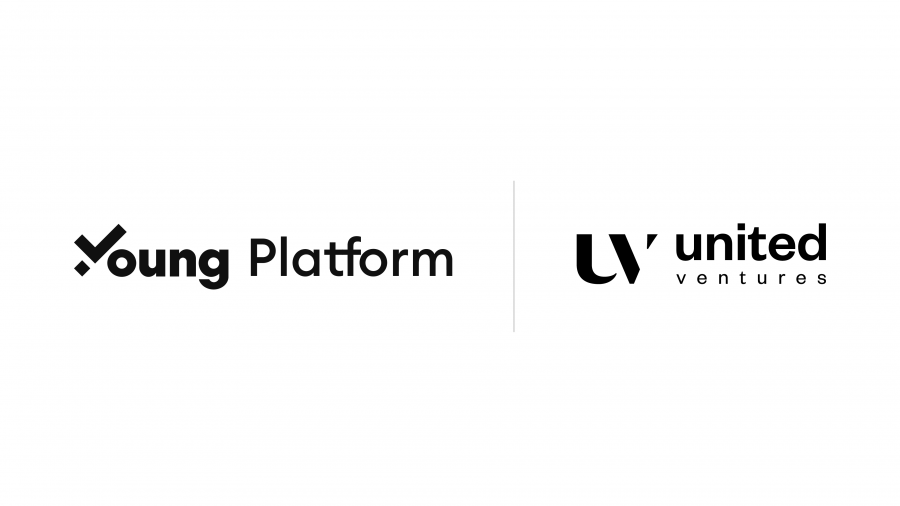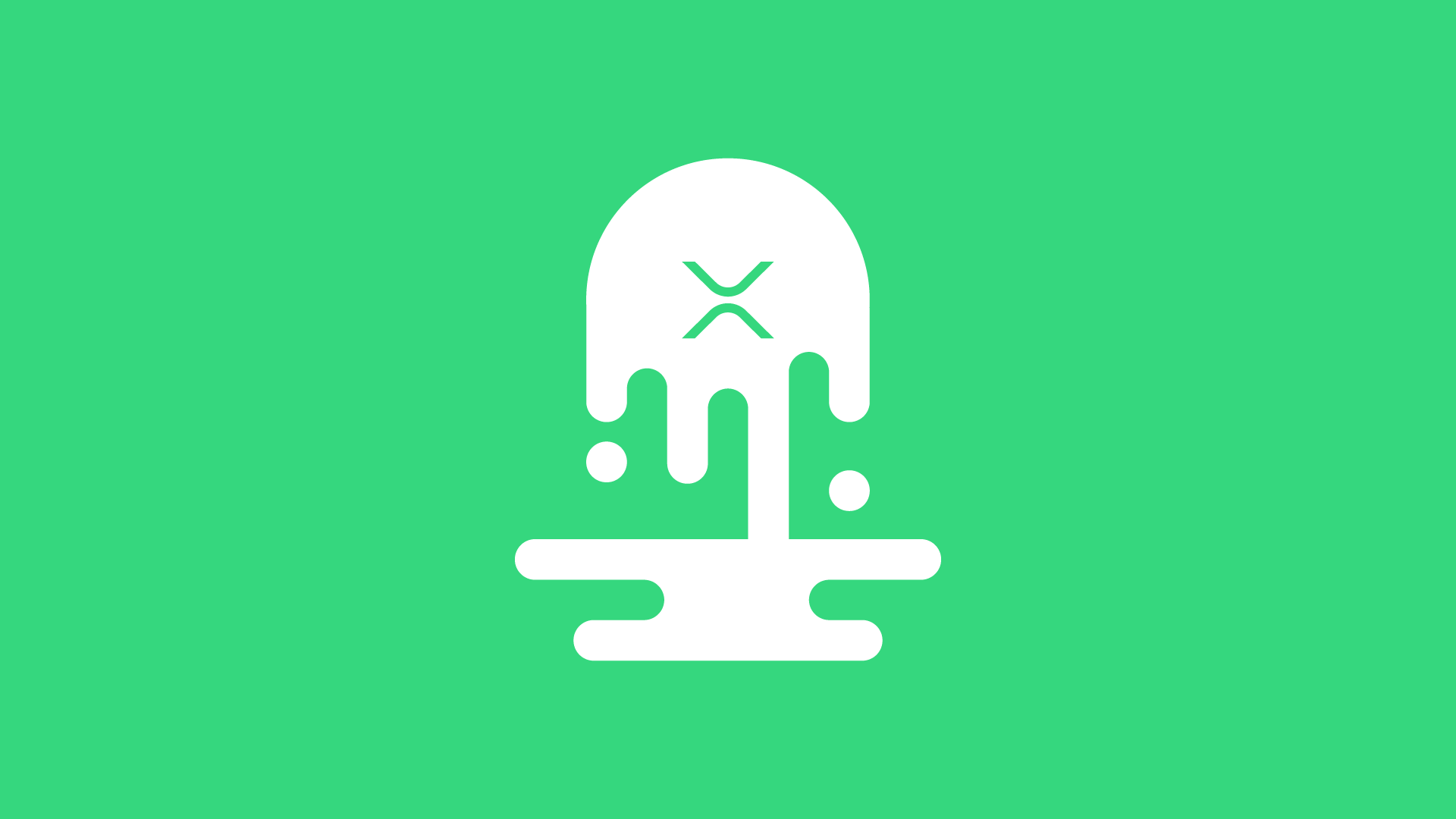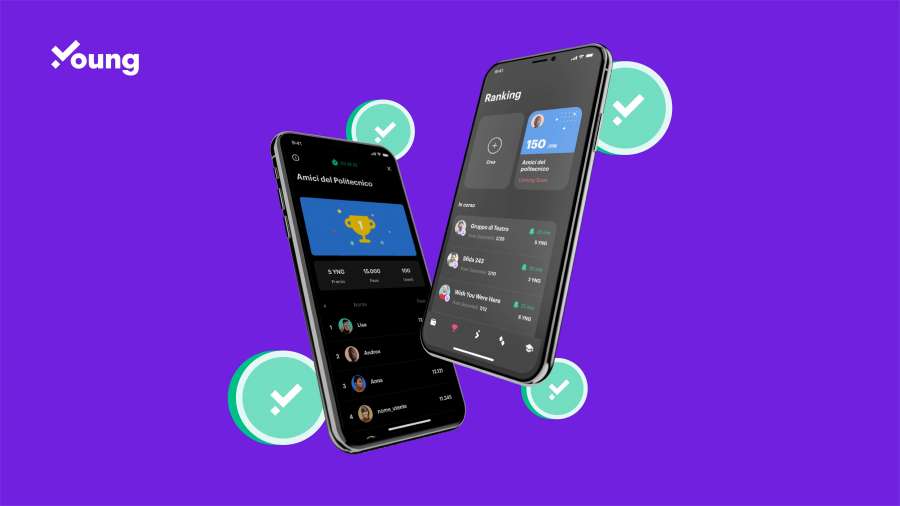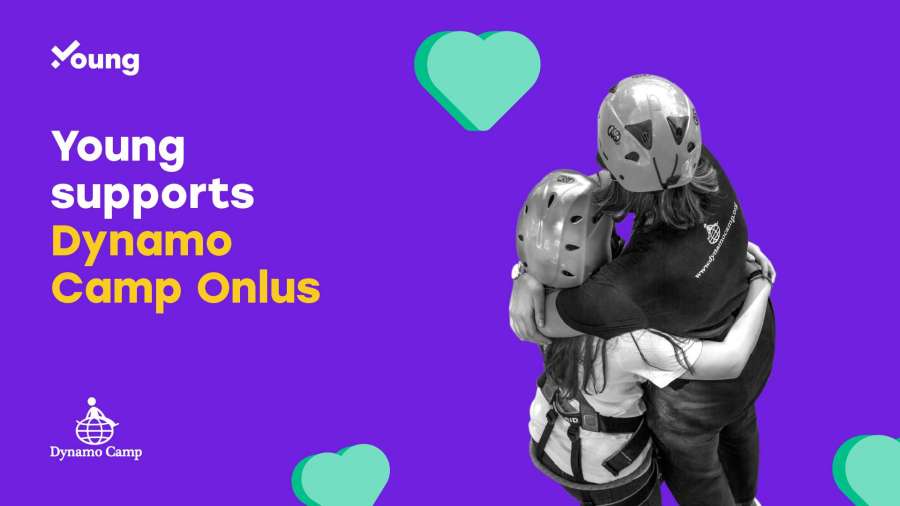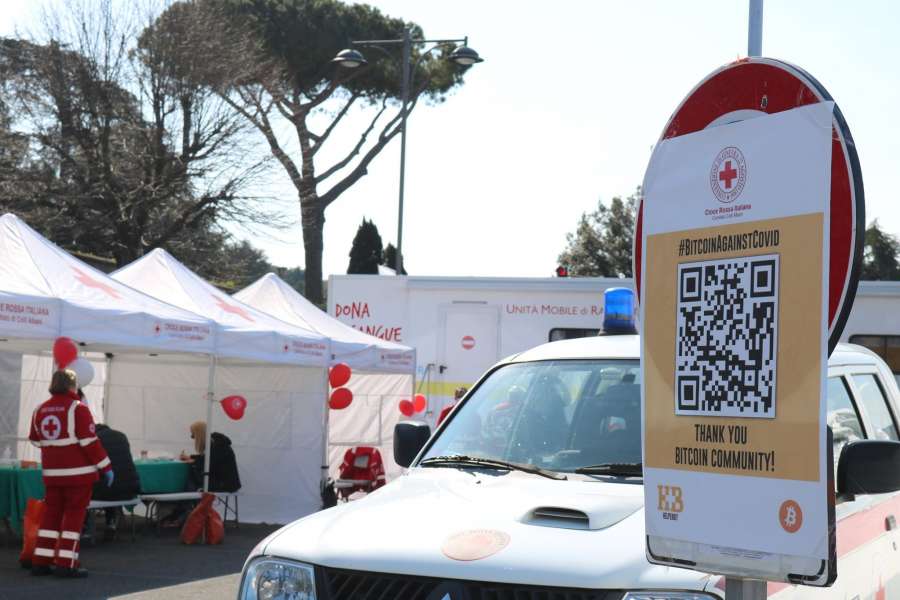The acquisition will allow Young Platform to develop new and innovative proprietary trading algorithms, fully automatic and built ad-hoc for the crypto markets
Arithmos Trading Ltd has distinguished itself through its achievements, with dozens of certified track records and its methodology for designing new automated strategies
The operation will result in an Italian company bringing back talent and advanced technologies in the crypto world that had previously ended up abroad
Turin, 13 January 2021 – Young Platform S.p.A., the platform that simplifies access to the world of cryptocurrencies, has announced the acquisition of Arithmos Trading Ltd, a company specialising in the development of fully automated trading systems. An automated trading system processes multiple sources of information at a very high speed in order to maximise profit while minimising risk and human intervention.
Arithmos Trading Ltd’s algorithms have been proven, with certified track records and objective results, to address the changing and unique needs of the crypto markets. Through this operation, Young Platform intends to consolidate its position as a leading Italian crypto exchange, capable of bringing new and exclusive features to its users in the future.
Through the acqui-hiring operation, the intellectual property of Arithmos and its team will be integrated into Young Platform’s staff, thus allowing an Italian company to bring back advanced technologies and competencies in the crypto world that had previously ended up abroad.
Arithmos Trading Ltd was established in London in 2020 after years of research and development by its two founders, Edoardo Degli Innocenti and Matteo Meinardi, both engineers with MBAs from the Collège des Ingénieurs. In a short time, Arithmos has managed to invent a proprietary methodology capable of building robust algorithmic trading systems capable of automatically trading in more than 20 different markets simultaneously.
The great flexibility and originality of the strategies of the London-based firm, which has developed three different families of trading systems capable of generating net profits of over 70% per year, will allow Young Platform to enable a set of new exclusive features for platform users in the future, based on the most modern techniques of strategy design and artificial intelligence, thus gaining a further concrete competitive advantage in the market.
The operation is strategic in the overall industry landscape, which has seen major international financial market players introduce innovative algorithmic trading products during the pandemic to ensure better services and help clients navigate the increasingly complex and volatile market dynamics.
Edoardo Degli Innocenti and Matteo Meinardi, founders of Arithmos Trading Ltd, commented: “We are proud to have achieved such ambitious results in just two years, thanks to a focus on the development of innovative and effectively integrated products, from which we expect considerable synergistic contributions to accelerate the growth of Young Platform into an industry leader.”
Andrea Ferrero and Mariano Carozzi, CEO and Chairman of Young Platform, commented: “We believe that artificial intelligence applied to trading will play a significant role in Young Platform’s future. The solutions developed by the Arithmos team are the highest in terms of reliability and performance. We are excited about Young Platform’s upcoming future, and with this team on board, we hope to further accelerate our development at an international level as well. “
